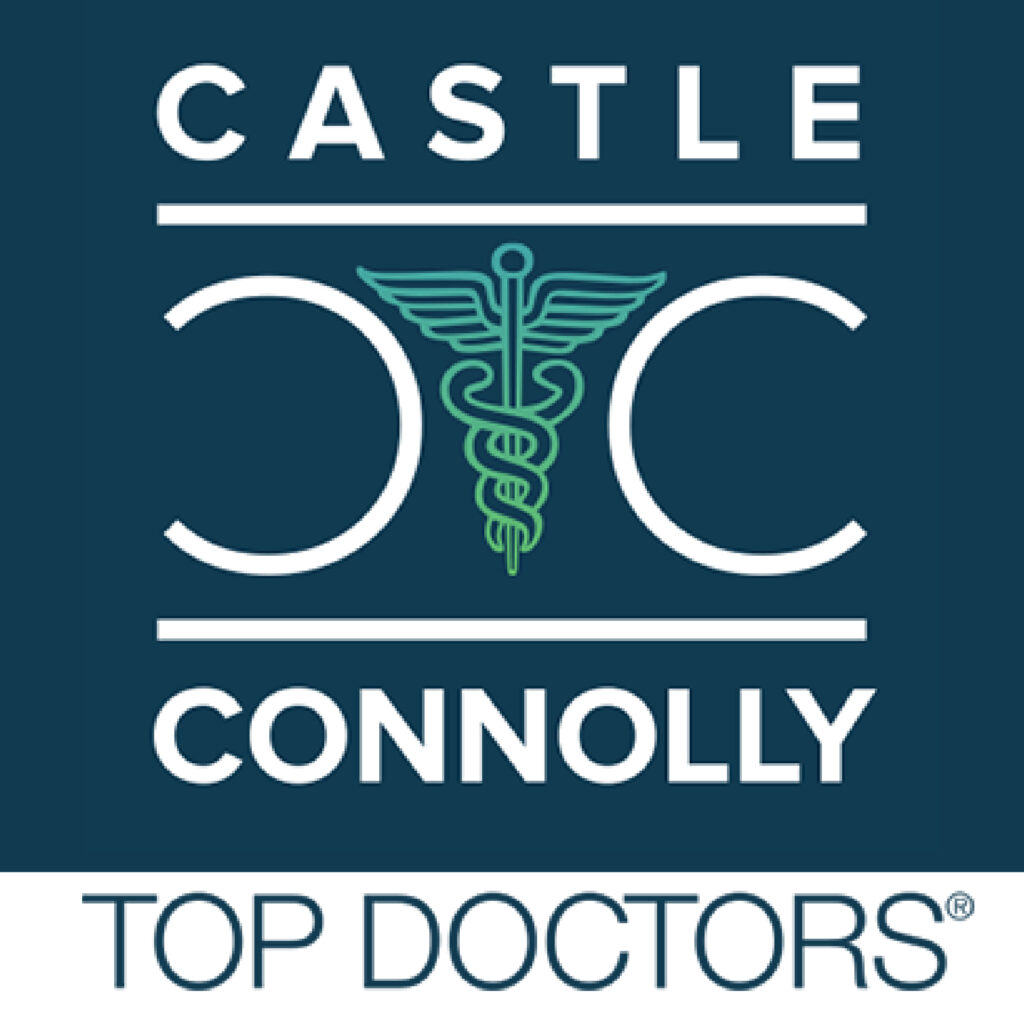A patella tendon tear is a serious injury typically sustained by athletes and active individuals. Because the patella tendon plays an important role in straightening the knee, proper diagnosis and treatment of the injury are of the utmost importance. If you’ve injured your patella tendon and think it might be torn, here’s everything you need to know:
Related Anatomy
The patella tendon attaches the patella to the shinbone. The quadriceps tendon attaches the patella to the quadriceps muscles. When the tendons and muscles flex, the knee straightens.
As shown in Illustration 1, the patella tendon is centrally located, a tear decreases function, performance, and the ability to bear weight.
Causes of Patella Tendon Tears
A partial or complete tear can occur due to any of the following reasons:
- Running and jumping. Bending the knee and forcefully planting the foot, like when running and jumping, can overload the tendon and cause it to tear.
- A direct blow to the patella can cause the bone to jolt out of place. A resulting fracture and/or tendon tear is possible.
- The tendon becomes weak with age and/or overuse. A tendon that’s weaker than the muscles it works with can easily tear.
In many cases, weakness can also be attributed to an underlying medical condition like arthritis or a disease that limits blood supply (i.e. kidney failure, diabetes, metabolic disease).
Symptoms of Patella Tendon Tears
The initial symptom of a patella tendon tear presents as a popping sensation that’s felt and heard by the injured individual. Immediately after, the following symptoms occur:
- Pain
- Swelling
- Bruising
- Tenderness
- Inability to straightening the knee
- Inability to bear weight on the knee
Partial tears might just present as pain after jumping or running especially when smaller tears.
Management of these symptoms and the tear should only be done by an Orthopedic or Sports Medicine Specialist. Treatment plans vary based on the severity of the tear.
Non-Surgical Treatment of a Patella Tendon Tear
Partial tears are treated using non-surgical measures. The two key treatments are:
- A knee immobilizer limits or prohibits the knee from bending. With time, a partially torn tendon’s fibers will reattach to one another, restoring function and strength. Smaller partial tears might not require immobilization.
- Physical therapy. Exercises aimed at strengthening the patella tendon help patients recover quickly. For smaller tears eccentric strengthening may help accelerate healing and decrease pain and symptoms.
The healing process for a partial tear can take anywhere from 2-3 weeks to 5-6 months and is most often related to the severity of the tear.
Surgical Treatment of a Patella Tendon Tear
A completely torn tendon requires surgery, and is usually performed on an outpatient basis. During the 1-2-hour procedure, an orthopedic surgeon re-attaches the tendon using small sutures and special surgical knots to provide strength to the ligament.
Physical therapy following surgery is an important part of the recovery process. Home exercises are usually started the day after surgery to start quadriceps strengthening. Patients can weight bear with crutches with the knee in a brace. Formal therapy 4 weeks after surgery and continues for up to 4-6 months.
Contacting an Orthopedic Specialist
Delaying treatment of a patella tendon tear is never a good idea. If you’ve injured your knee and think you might have a patella tendon injury or tear, please contact our office. One of our Orthopedic or Sports Medicine Specialists will properly diagnosis and treat your injury.
The physicians at Total Orthopedics and Sports Medicine focus on both the surgical and non-surgical treatment of bone and joint injuries. Renowned experts Dr. Charles Ruotolo, Dr. Richard McCormack, Dr. Brett Spain and Dr. Paul Pipitone lead our Knee Team. Fortunately, many patients can be treated non-surgically with a combination of conservative modalities coordinated by the Total Orthopedics and Sports Medicine Team. If surgery is necessary, the practice uses a multidisciplinary approach to create a treatment plan that focuses on the patient’s lifestyle and activities and helps them get back to those activities quickly and effectively. Total Orthopedics and Sports Medicine has locations throughout Long Island. When in the right hands, a full recovery is entirely possible.







 Website Design by
Website Design by